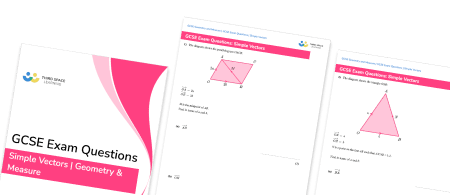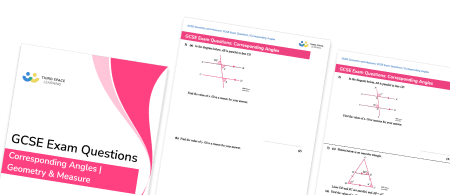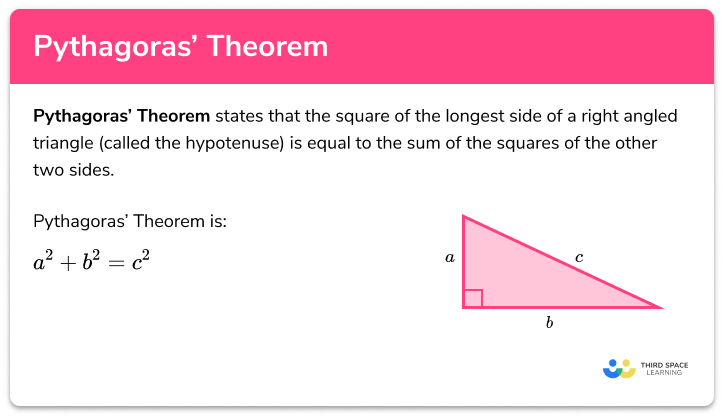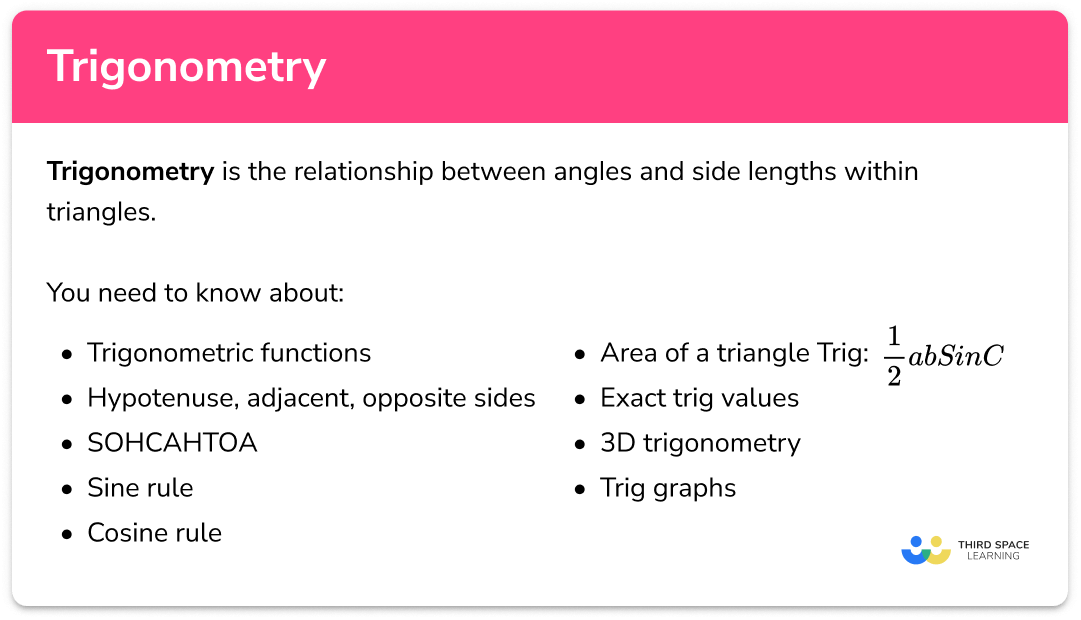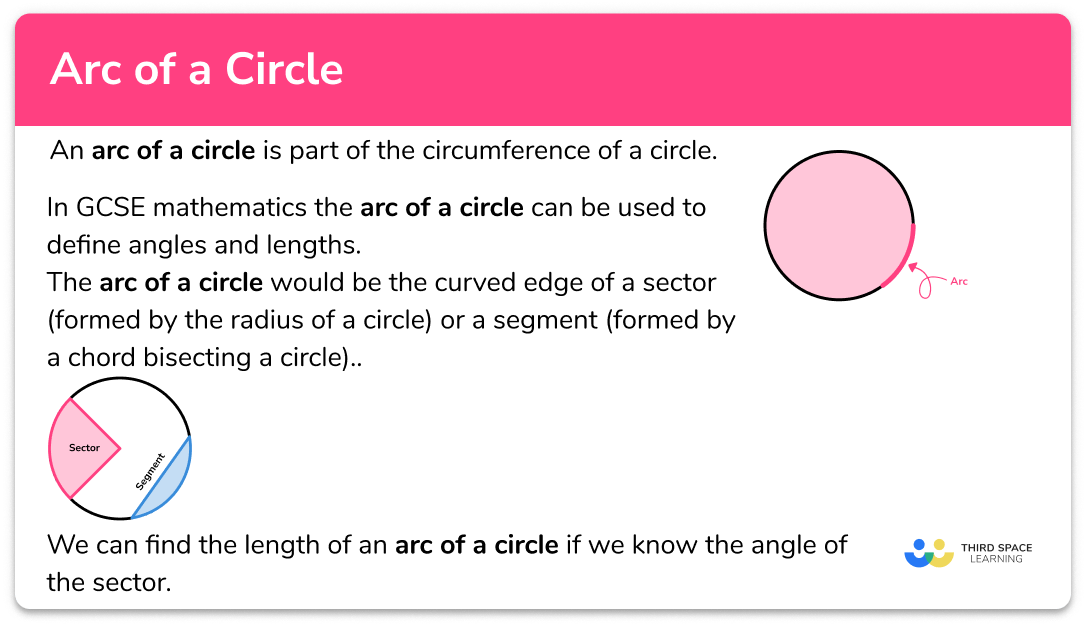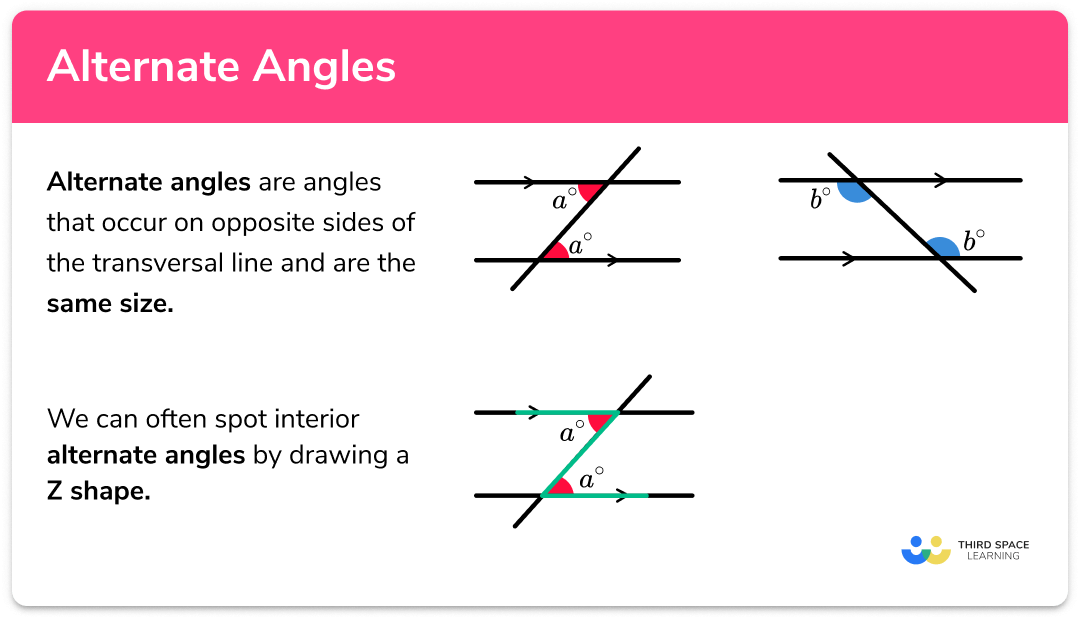FREE DOWNLOAD
Area Of A Trapezium Worksheet

Help your students prepare for their Maths GCSE with this free area of trapezium worksheet of 23 questions and answers
- Section 1 of the area of trapezium worksheet contains 15 skills-based area of trapezium questions, in 3 groups to support differentiation
- Section 2 contains 4 applied area of trapezium questions with a mix of worded problems and deeper problem solving questions
- Section 3 contains 4 foundation and higher level GCSE exam style area of trapezium questions
- Answers and a mark scheme for all area of trapezium questions are provided
- Questions follow variation theory with plenty of opportunities for students to work independently at their own level
- All questions created by fully qualified expert secondary maths teachers
- Suitable for GCSE maths revision for AQA, OCR and Edexcel exam boards
Area of a trapezium at a glance
Area is the amount of space covered within the perimeter of a 2D shape. The area is measured in square units – such as m², cm² and mm². At GCSE level, students should be able to find the area of a number of different quadrilaterals, such as the area of a trapezoid or trapezium.
The formula for the area of a trapezium is based on the area of a rectangle. To calculate the area of a trapezoid, use the formula (½)(a+b)h, where h is the height of the trapezium and a and b are the lengths of the two parallel sides.
A right angled trapezium is one where the angle between each parallel side and the height is 90°. An alternative method to find the area of the trapezoid is to split it into a rectangle and a triangle, and then use the standard rectangle area formula and triangle area formula before adding the areas together.
Students are sometimes given the area of the trapezium and are then asked to use inverse operations to find a missing side length – for this, it helps if students are familiar with algebraic rearrangement.
In addition to using integers for the sides of the trapezoid, fractions and decimals are sometimes used. Students also need to be able to round their answer to a given number of decimal places and convert between different metric units – for example, if one side is given in centimetres and the other in millimetres.
Looking forward, students can then progress to additional area worksheets and other geometry worksheets, for example an angles in polygons worksheet or area and circumference of a circle worksheet.

For more teaching and learning support on Geometry our GCSE maths lessons provide step by step support for all GCSE maths concepts.
Do you have students who need additional support?

With Third Space Learning's secondary maths tutoring programmes, students in Year 7-11 receive regular one to one maths tutoring to address gaps, build confidence and boost progress.
"My confidence in the tutoring is high. We've had some phenomenal results. I even had one girl get a Grade 8 this year; she came to every tutoring session."
Stacey Atkins, Maths Director, Outwood Grange Academies Trust

